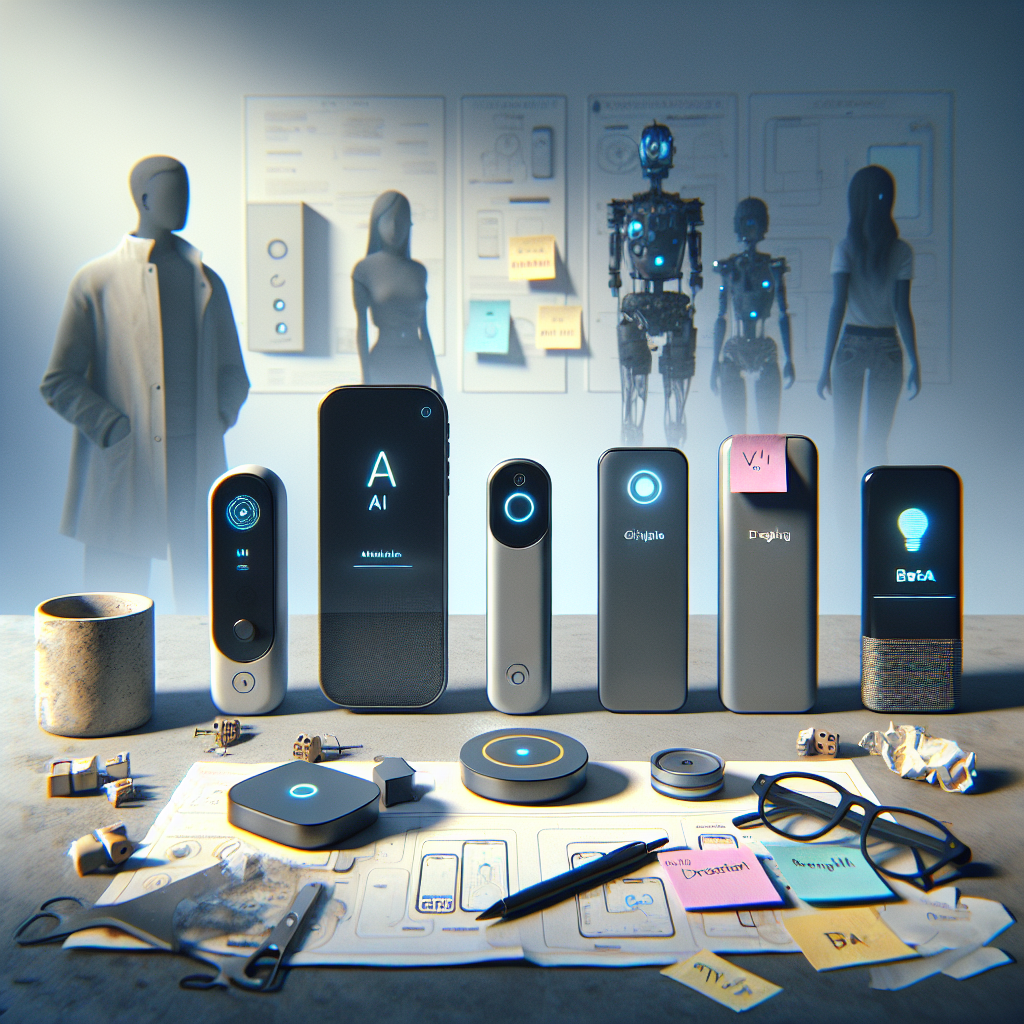AI Gadgets Disappoint: The Path to Real Innovation
It seems like every tech conference or keynote these days promises a new AI device that will change our lives. From OpenAI’s ChatGPT plug-ins to Qualcomm’s AI chips powering next-gen laptops, announcements flood headlines. Yet, when products finally hit shelves, many of us feel let down. In this post, we’ll explore why AI gadgets disappoint, examine the gap between hype and reality, and suggest how the industry can pivot toward genuine innovation.
Why AI Gadgets Disappoint Right Out of the Gate
There’s no shortage of reasons why AI hardware often falls short, but three stand out:
- Feature overload. Companies cram every possible AI trick into a single device, from voice assistants to on-device translation. The result? A confusing user experience and half-baked features.
- Battery and heat issues. AI computations are intensive. Phones like the Rabbit R1 or futuristic wearables such as the Humane AI Pin struggle with heat dissipation and short battery life.
- Limited real-world benefits. It’s one thing for AI to generate text or enhance photos; it’s another for it to replace daily tools. When a gadget feels like a gimmick rather than a necessity, enthusiasm fades fast.
AI Gadgets That Fell Short and What We Learned
Let’s look at a few high-profile launches that failed to meet expectations:
1. The Humane AI Pin
Launched with fanfare, the AI Pin promised a screen-free, voice-first experience. In reality, users found the pin awkward, with vocal assistants that often misunderstood requests. The hardware’s novelty couldn’t mask its limited functionality.
2. Qualcomm’s AI-powered PCs
Qualcomm teamed up with OEMs like Asus to showcase Windows laptops featuring Snapdragon chips with on-device AI. While impressive on paper, drivers and software were buggy, and battery life remained average. Consumers ended up choosing traditional Intel or AMD systems over these promising but rough offerings. For a smooth development environment on any AI PC, check out how to set up your IDE with this guide on VS Code installation.
3. ChatGPT Gadgets
OpenAI’s ChatGPT integrations extend from keyboard apps to car infotainment systems. Users report that third-party implementations often have latency and privacy issues. For truly secure AI coding, revisit these best programming practices before embedding AI in your projects.
What Users Really Want from AI Devices
Despite disappointment, there’s a clear path forward. Consumers crave AI that:
- Simplifies daily tasks. Think smart scheduling that knows your commute or cameras that automatically capture key family moments.
- Works offline. Dependence on cloud servers adds latency and privacy concerns. On-device processing with efficient models would be a game-changer.
- Integrates seamlessly. AI shouldn’t require jumping between apps. From messaging to photos, functions should feel naturally part of the device.
Bridging the Gap: Strategies for Real Innovation
Turning promise into reality isn’t easy, but here are four practical steps manufacturers and developers can take:
- Focus on one killer feature. Launching with a single, polished AI capability is better than a dozen mediocre ones. This approach mirrors how smartphones rolled out camera improvements feature by feature.
- Collaborate on open standards. Just as the web converged around HTML and CSS standards, AI devices need common frameworks for model deployment and data handling. This reduces fragmentation.
- Invest in efficient models. Large language models are powerful but resource-heavy. Small, specialized models can run locally and deliver faster, more reliable results.
- Improve developer tools. Robust SDKs, clear documentation, and sandbox environments will empower creators to build truly useful AI features. If you’re working on AI in mobile apps, start with these tips for Python in mobile app development.
Success Stories Pointing the Way
While many AI gadgets flop, a few devices show what’s possible when design and function align:
Google Pixel 8 Pro’s Interpreter Mode
By tightly integrating on-device translation into the camera and microphone, Google has delivered real-time conversation help. It feels seamless and solves a clear use case.
Microsoft’s Copilot+ PCs
Microsoft worked closely with chipmakers to optimize Windows for Copilot+ on select laptops. The result is faster AI assistance that launches quickly and respects user privacy by processing data locally.
Apple’s Strategic AI Push
At WWDC, Apple demonstrated new AI APIs for developers rather than unveiling standalone gadgets. This steady, software-first approach lets the ecosystem mature before hardware arrives. Learn more about Apple’s developer tools at their official site.
Key Takeaways on AI Gadgets Disappointing Consumers
- Hype vs. reality often clashes when devices prioritize cool demos over solid user needs.
- Battery life and privacy remain top concerns. On-device AI, coupled with efficient models, is the sweet spot.
- Developer support and clear standards will accelerate meaningful breakthroughs.
For ongoing updates on AI trends and gadget reviews, you can visit OpenAI for the latest on AI research, explore Apple’s AI strategies, or read deeper analysis on Bloomberg News.
Conclusion
It’s clear that AI gadgets disappoint when they chase novelty over necessity. The future belongs to devices that solve real problems, respect privacy, and integrate smoothly with our daily routines. By focusing on a few standout features, adopting efficient models, and supporting developers, the tech industry can deliver on the promise of AI—turning hype into tangible improvement for everyone.






